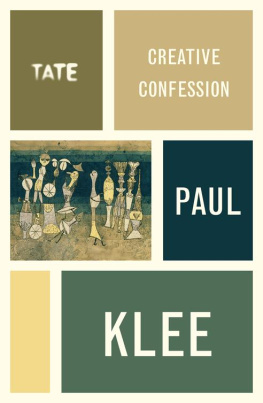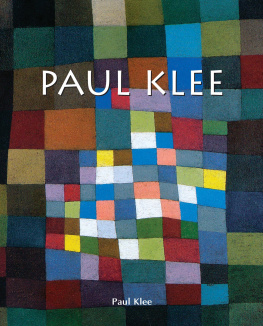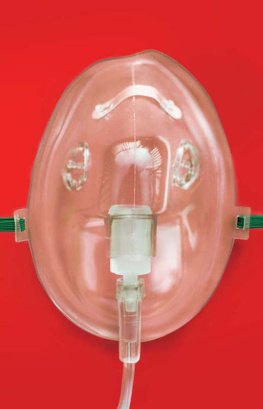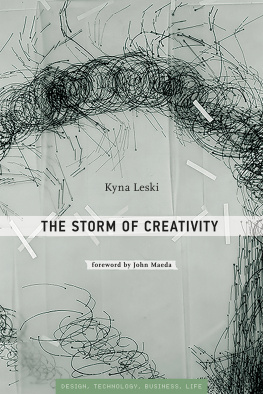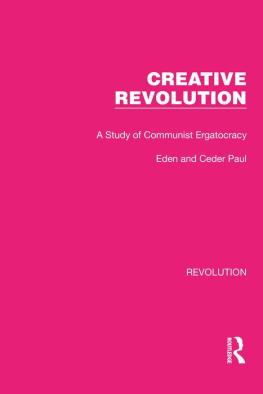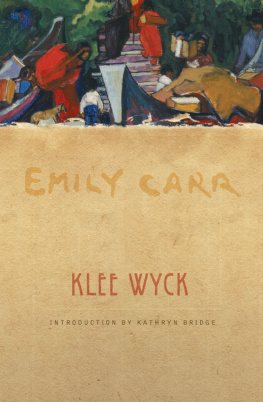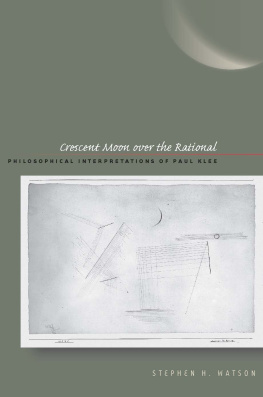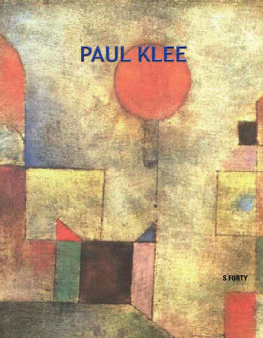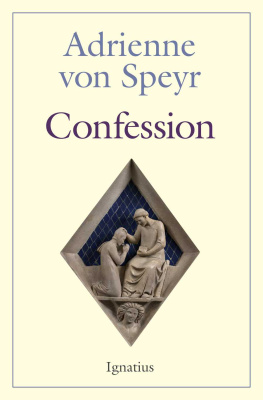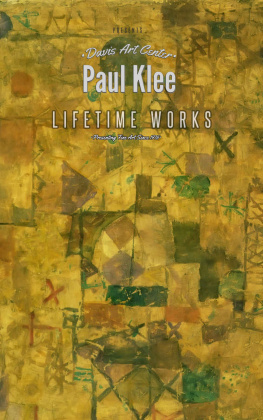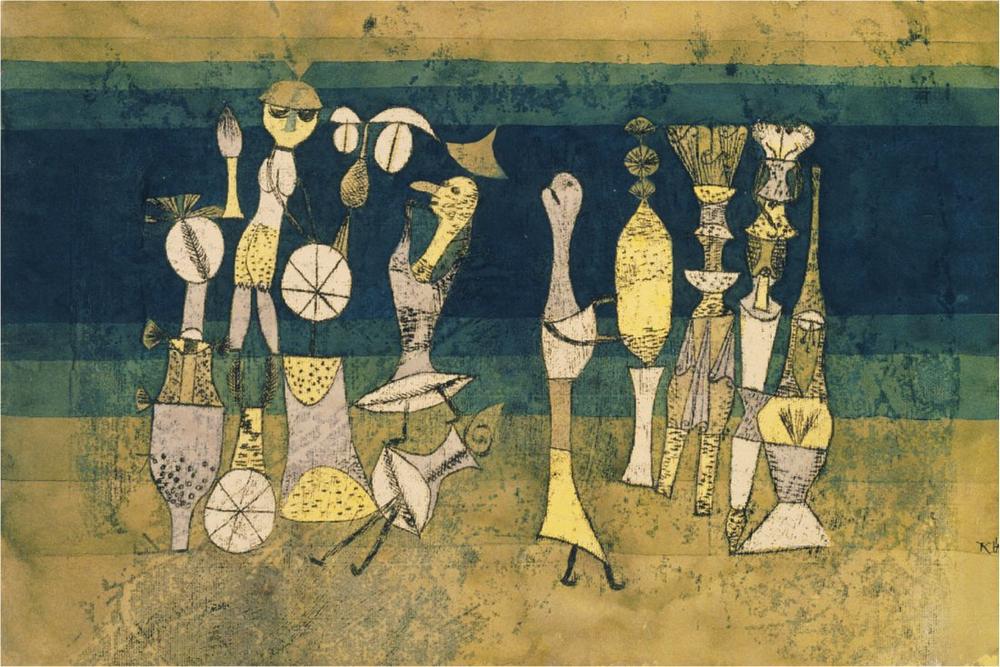I
Art does not reproduce the visible; rather, it makes visible. A tendency towards the abstract is inherent in linear expression: graphic imagery being confined to outlines has a fairytale quality and at the same time can achieve great precision. The purer the graphic work that is, the more the formal elements underlying linear expression are emphasised the less adequate it is for the realistic representation of visible things.
The formal elements of graphic art are dot, line, plane, and space the last three charged with energy of various kinds. A simple plane, for instance that is, a plane not made up of more elementary units would result if I were to draw a blunt crayon across the paper, thus transferring an energy-charge with or without modulations. An example of a spatial element would be a cloud-like vaporous spot, usually of varying intensity, made with a full brush.
II
Let us develop this idea, let us take a little trip into the land of deeper insight, following a topographic plan. The dead centre being the point, our first dynamic act will be the line. After a short time, we shall stop to catch our breath (the broken line, or the line articulated by several stops). I look back to see how far we have come (counter-movement). Ponder the distances thus far travelled (sheaf of lines). A river may obstruct our progress: we use a boat (wavy line). Further on there might be a bridge (series of curves).
On the other bank we encounter someone who, like us, wishes to deepen his insight. At first we joyfully travel together (convergence), but gradually differences arise (two lines drawn independently of each other). Each party shows some excitement (expression, dynamism, emotional quality of the line).
We cross an unploughed field (a plane traversed by lines), then thick woods. One of us loses his way, explores, and on one occasion even goes through the motions of a hound following a scent.
Nor am I entirely sure of myself: there is another river, and fog rises above it (spatial element). But then the view is clear again.
Basket-weavers return home with their cart (the wheel). Among them is a child with bright curls (corkscrew movement). Later it becomes sultry and dark (spatial element). There is a flash of lightning on the horizon (zigzag line), though we can still see stars overhead (scattered dots).
Soon we reach our first quarters. Before falling asleep, we recall a number of things, for even so short a trip has left many impressions.
Lines of the most various kinds, spots, dabs, smooth planes, dotted planes, lined planes, wavy lines, obstructed and articulated movement, counter-movement, plaitings, weavings, bricklike elements, scale-like elements, simple and polyphonic motifs, lines that fade and lines that gain strength (dynamism).
The joyful harmony of the first stretch, followed by inhibitions, nervousness! Repressed anxieties, alternating with moments of optimism caused by a breath of air. Before the storm, sudden assault by horseflies! The fury, the killing.
The happy ending serves as a guiding thread even in the dark woods. The flashes of lightning made us think of a fever chart, of a sick child long ago.
III
I have mentioned the elements of linear expression which are among the visual components of the picture. This does not mean that a given work must consist of nothing but such elements. Rather, the elements must produce forms, but without being sacrificed in the process. They should be preserved.
In most cases, a combination of several elements will be required to produce forms or objects or other compounds planes related to each other (for instance, the view of a moving stream of water) or spatial structures arising from energy-charges involving the three dimensions (fish swimming in all directions).
Through such enrichment of the formal symphony the possibilities of variation, and by the same token, the possibilities for expressing ideas, are endlessly multiplied.
It may be true that in the beginning there was the deed, yet the idea comes first. Since infinity has no definite beginning, but like a circle may begin anywhere, the idea may be regarded as primary. In the beginning was the word, according to Luthers translation.
IV
Movement is the source of all change. In Lessings Laocon, on which we squandered study time when we were young, much fuss is made about the difference between temporal and spatial art. Yet looking into the matter more closely, we find that all this is but a scholastic delusion. For space, too, is a temporal concept.
When a dot begins to move and becomes a line, this requires time. Likewise, when a moving line produces a plane, and when moving planes produces spaces.|
Does a pictorial work come into being at one stroke? No, it is constructed bit by bit, just like a house.
And the beholder, is he through with the work at one glance? (Unfortunately he often is.)
Does not Feuerbach say somewhere that in order to understand a picture one must have a chair? Why the chair?
So that your tired legs wont distract your mind. Legs tire after prolonged standing. Hence, time is needed.
Character, too, is movement. Only the dead point as such is timeless.
In the universe, too, movement is the basic datum. (What causes movement? This is an idle question, rooted in error.) On this earth, repose is caused by an accidental obstruction in the movement of matter. It is an error to regard such a stoppage as primary.
The Biblical story of Genesis is an excellent parable of movement. The work of art, too, is above all a process of creation, it is never experienced as a mere product.
A certain fire, an impulse to create, is kindled, is transmitted through the hand, leaps to the canvas, and in the form of a spark leaps back to its starting place, completing the circle back to the eye and further (back to the source of the movement, the will, the idea).
The beholders activity, too, is essentially temporal. The eye is made in such a way that it focuses on each part of the picture in turn; and to view a new section, it must leave the one just seen.
Occasionally the beholder stops looking and goes away the artist often does the same thing. If he thinks it worth while, he comes back again like the artist.
The beholders eye, which moves about like an animal grazing, follows paths prepared for it in the picture (in music, as everyone knows, there are conduits leading to the ear; the drama has both visual and auditive trails). The pictorial work was born of movement, is itself recorded movement, and is assimilated through movement (eye muscles).
V
Formerly we used to represent things which were visible on earth, things we either liked to look at or would have liked to see. Today we reveal the reality that is behind visible things, thus expressing the belief that the visible world is merely an isolated case in relation to the universe and that there are many more other, latent realities. Things appear to assume a broader and more diversified meaning, often seemingly contradicting the rational experience of yesterday. There is a striving to emphasise the essential character of the accidental.
By including the concepts of good and evil a moral sphere is created. Evil is not conceived as the enemy whose victories disgrace us, but as a force within the whole, a force that contributes to creation and evolution. The simultaneous existence of the masculine principle (evil, stimulating, passionate) and the feminine principle (good, growing, calm) result in a condition of ethical stability.

